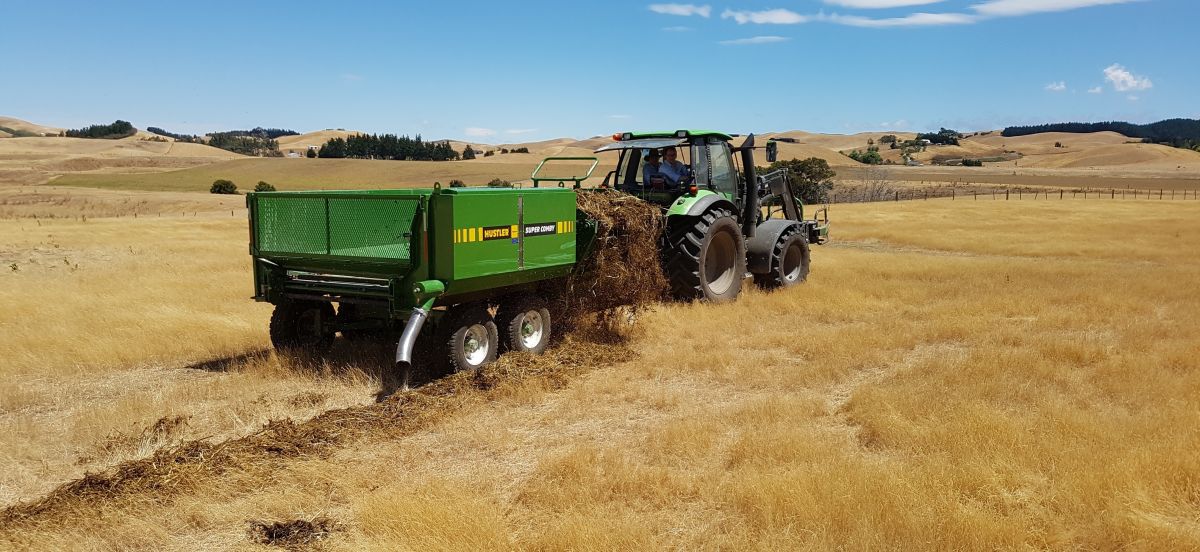5 Drought Survival Feed out Tips for Livestock Farmers & Ranchers
As the pasture starts to dry off as we head into summer, we don’t know how dry it will get, but we do know that the sooner we prepare for drought the more chance we have of handling the demand on feed supply…
Here are a few tips we’ve gleaned over the past 56 years working with some of the world’s best farmers and ranchers on how to survive a drought:
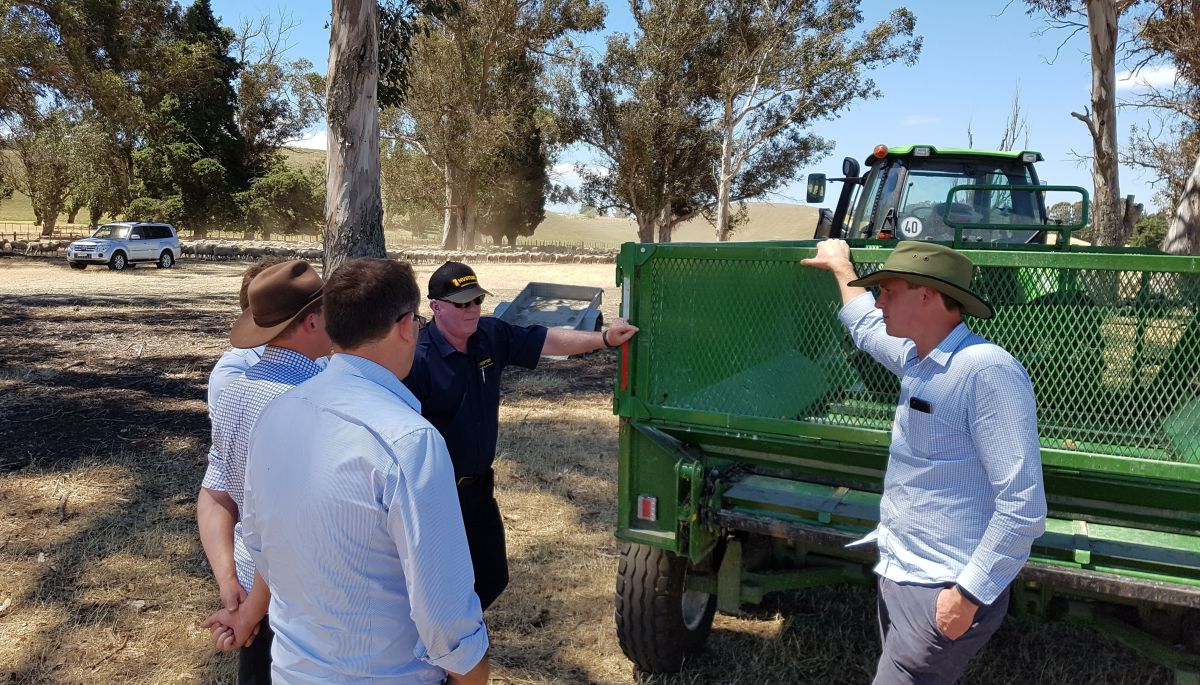
1. Low cost feed supplies
Search for alternative, low cost feed supplies such as food waste. Carrots, potatoes, pumpkins, beetroot, apple pulp, potato chips and other surplus produces (even red Skittles as this Wisconsin farmer found) from food processing plants can be a low cost option for feeding cattle during a drought.
A feed bunker with reject potato chips, ready to be fed to cattle in Norway
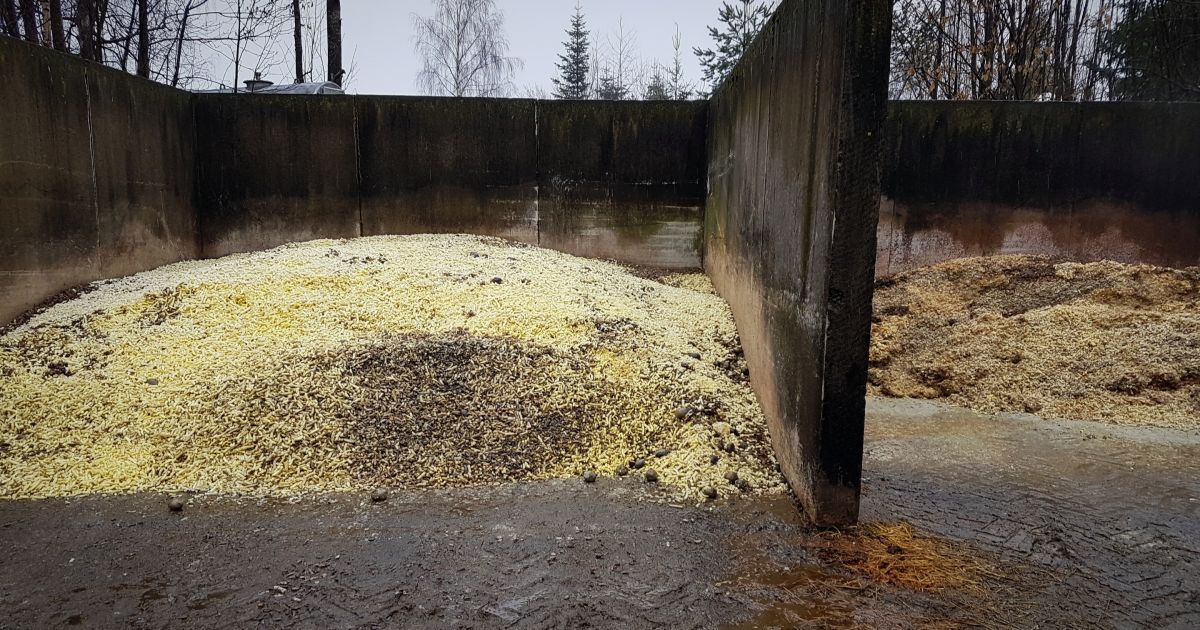
2. Limit Feeding
Limit feeding is a well proven technique used by great farmers even when the going is good. By optimizing rationing off the feed you have available you can extend the length of time you’re able to sustain the dry period.
By feeding in a long windrow the exact amount the herd in each field needs, all the cattle get to feed at the same time, equalising the amount each cow receives, the entire ration is cleaned up eliminating waste on the ground. As opposed to free-choice feeding the cattle can eat as much or little as they like resulting in over feeding and huge amount of wasted hay.
See David Fiske of Virginia Tech University says about limit feeding
3. Reduce feed transport costs
When needing to purchase in feed from another farm, county, district or region choose square bales if you can find them. Square bales offer significant savings in transport costs per ton of feed when compared to round bales, and easier handling saves time and fuel.
When purchasing in square bales it is important to ensure your bale processor or bale feeder has the ability to efficiently feed square bales without destroying the nutritional leaf. By chopping square bales with a flail type processor you can destroy over 20+% of the nutritional goodness in the bale resulting in wasted hay.
When considering buying a new baler, depending on how much hay you produce, it can be very worthwhile investing in a large square baler as square bales are in higher demand during dry periods.
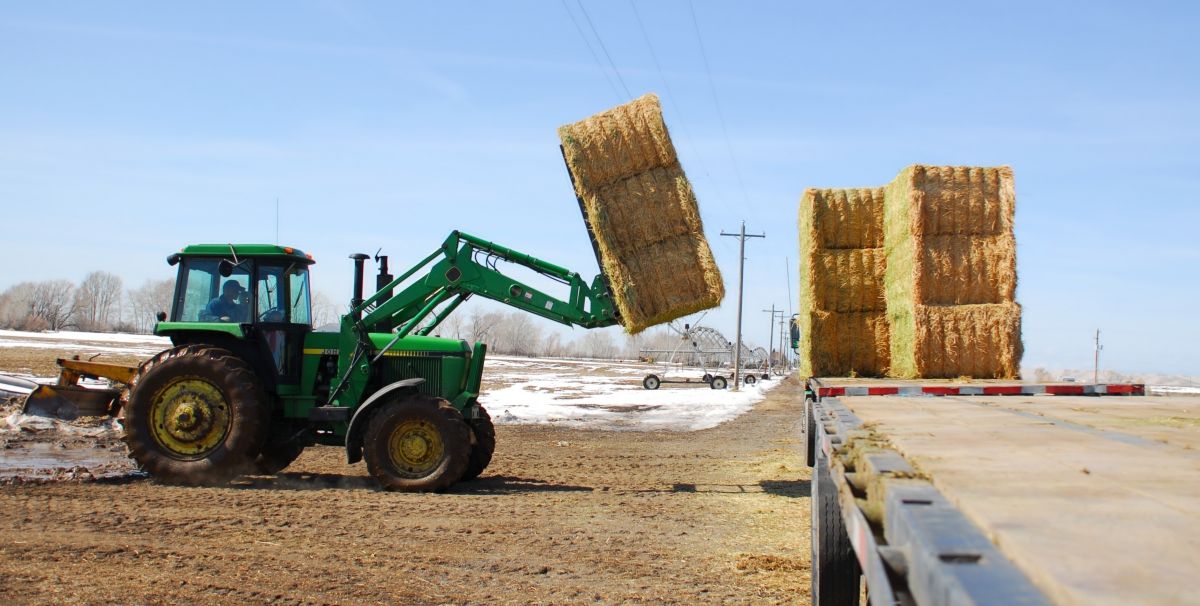
4. Choose feed types wisely
When it comes to buying in feed there are many types of feed to consider. Balage or high-moisture hay can be a game saver for both costs, ease of feeding and safety for cattle. Haylage is a complete supplement for cattle which reduces reliance additives such as minerals and grain which add substantial costs when feeding dry. Alfalfa or Vetch are also excellent choices of supplement feed.
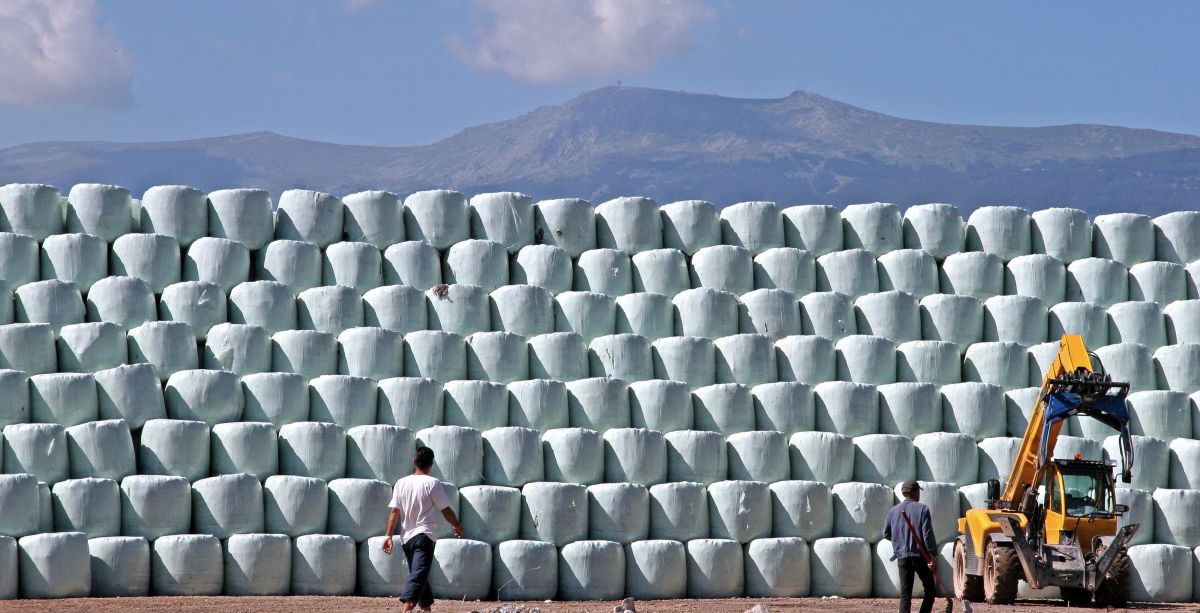
5. Purchase feed early
Feed prices during dry periods or drought can be volatile, so by predicting feed requirements ahead and determining shortages early with the use of feed management tools and allowing for a buffer you can beat the demand and feed price spikes as the drought worsens. Typically feed prices are at their lowest during spring/summer while demand is low.
Reduce stress levels
A bonus tip!
The added stress is the worst part of a drought, the last thing you’ll want is under-performing equipment!
When choosing feedout equipment, the wisest decision you’ll make is to invest in versatile equipment that can handle any type of feed, so no matter what sort of feed you can find, you can be rest assured that you’re not going to be in for investing a new feeder at the worst time for your cashflow and stress. That’s why Hustler’s Research & Development team invest more time innovating bale processors that can handle any feed without the stress.
Comby feeders can feed dry hay, balage, grain, silage, corn and any other supplementary feed
